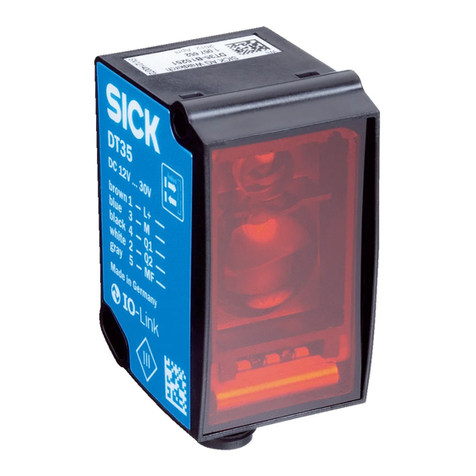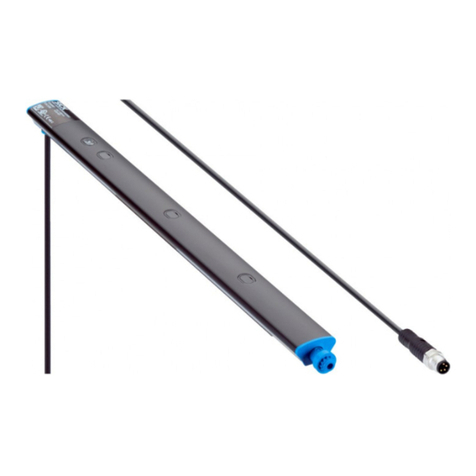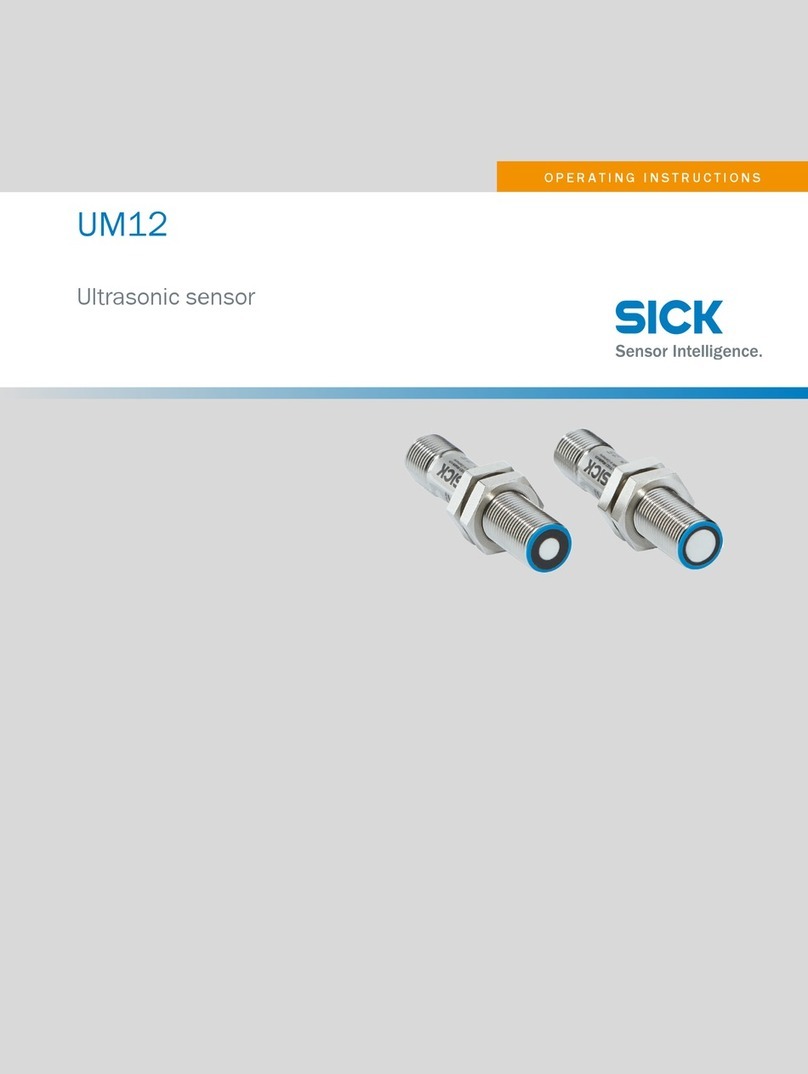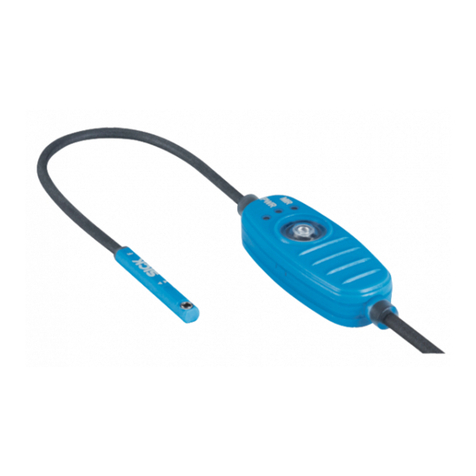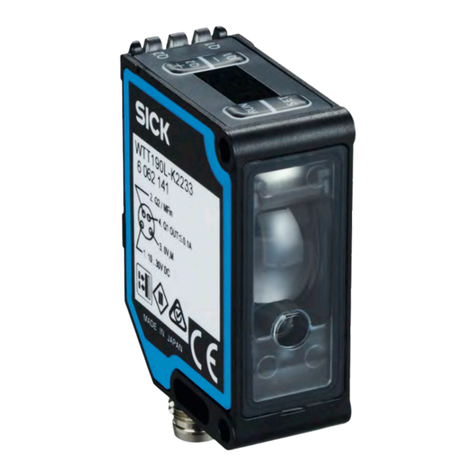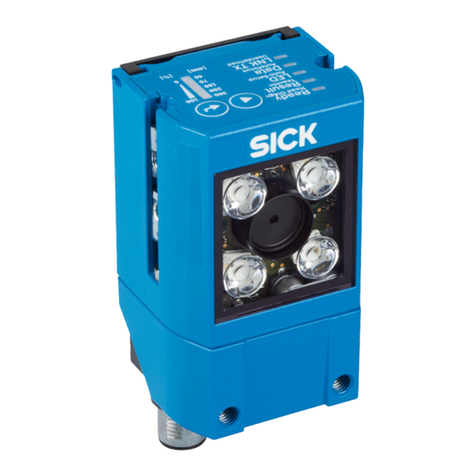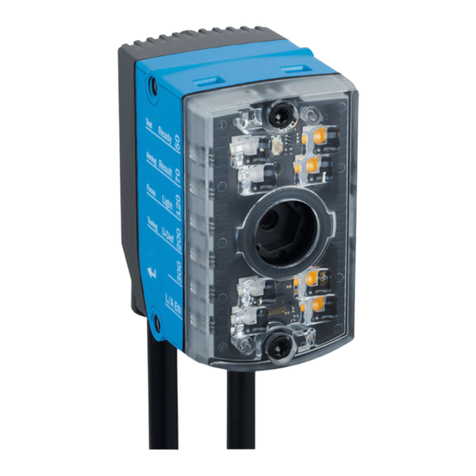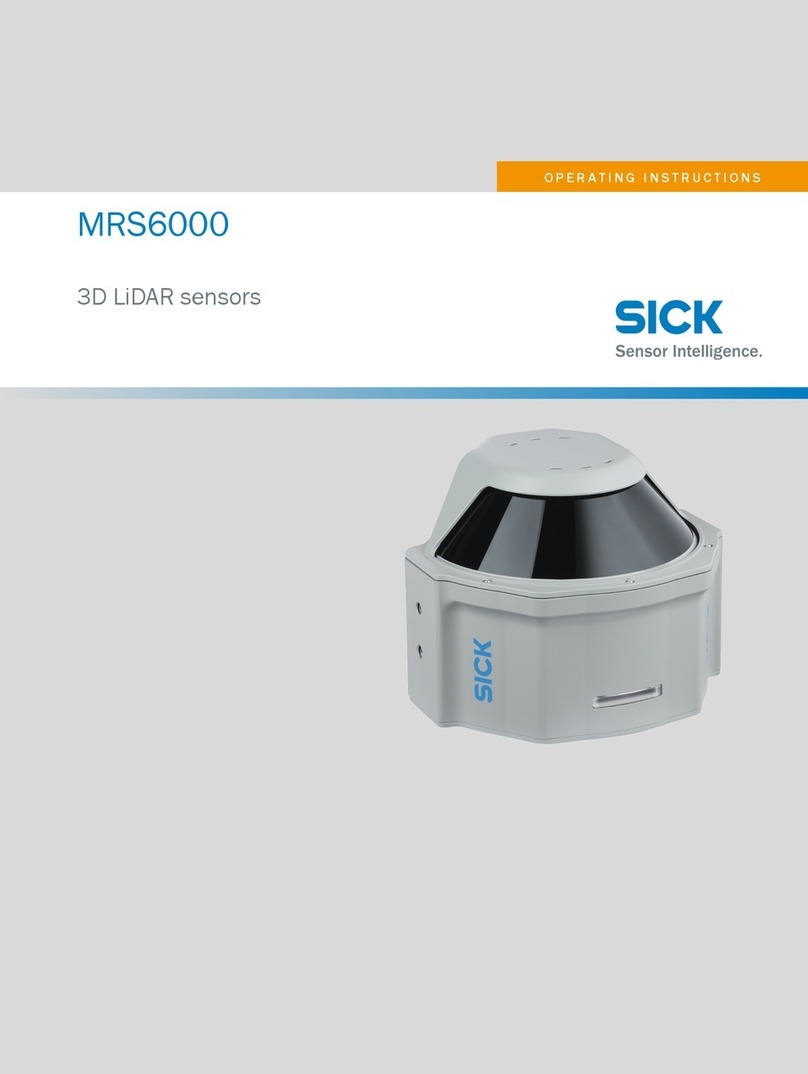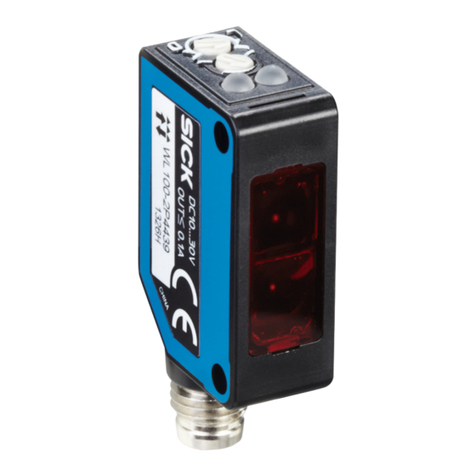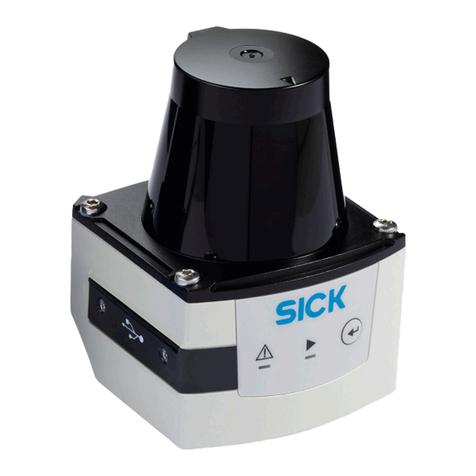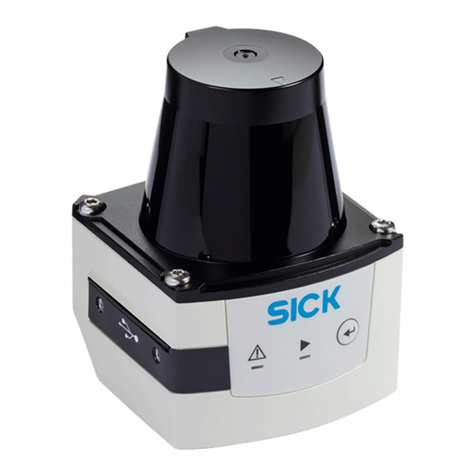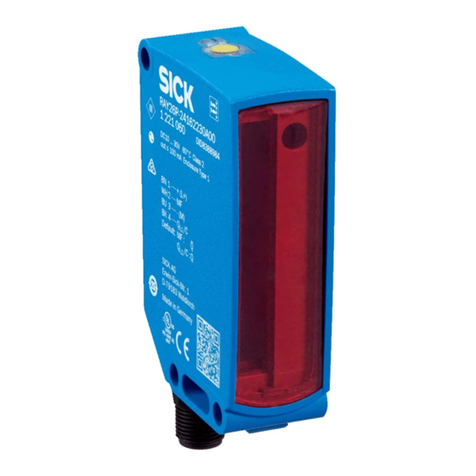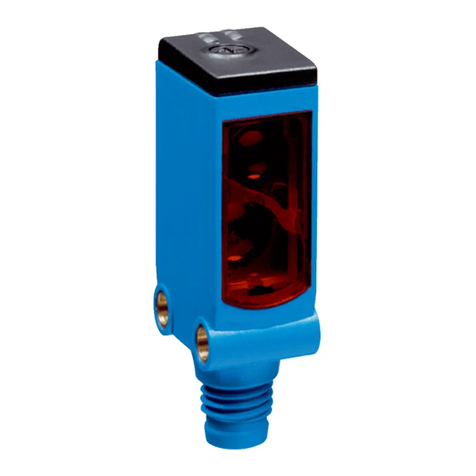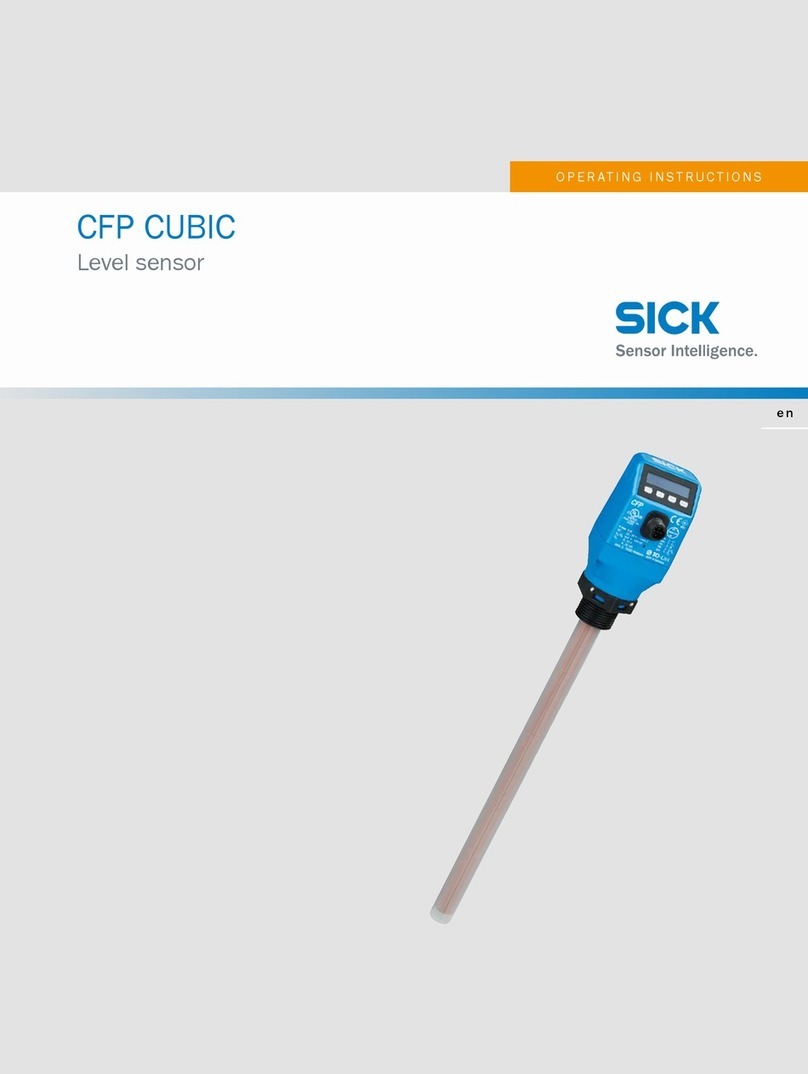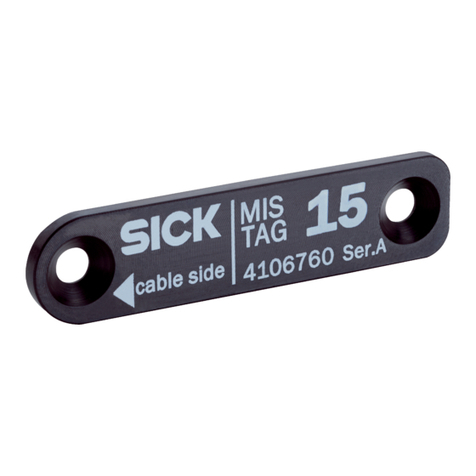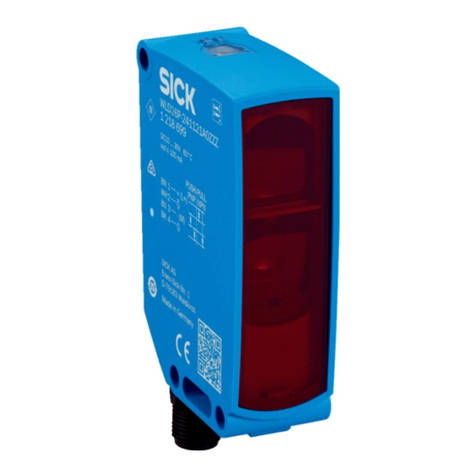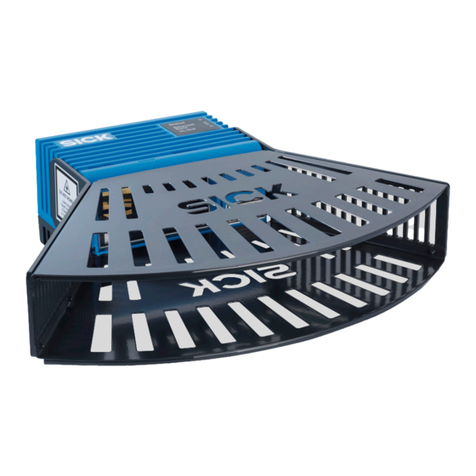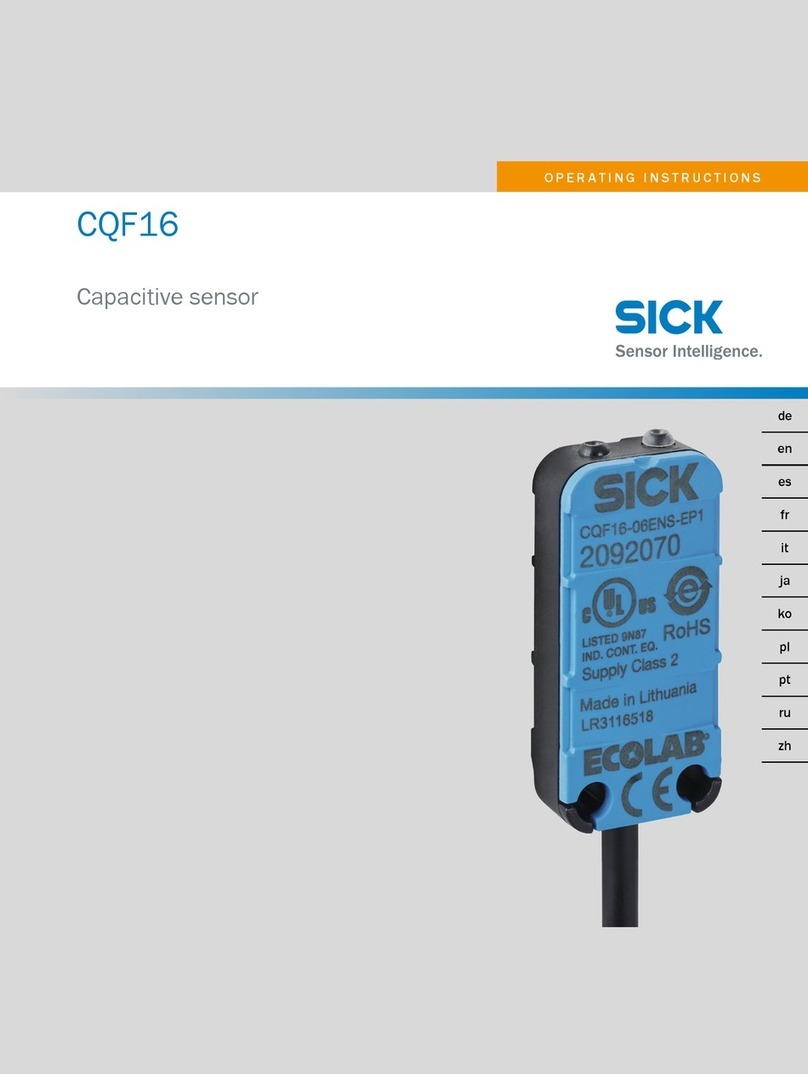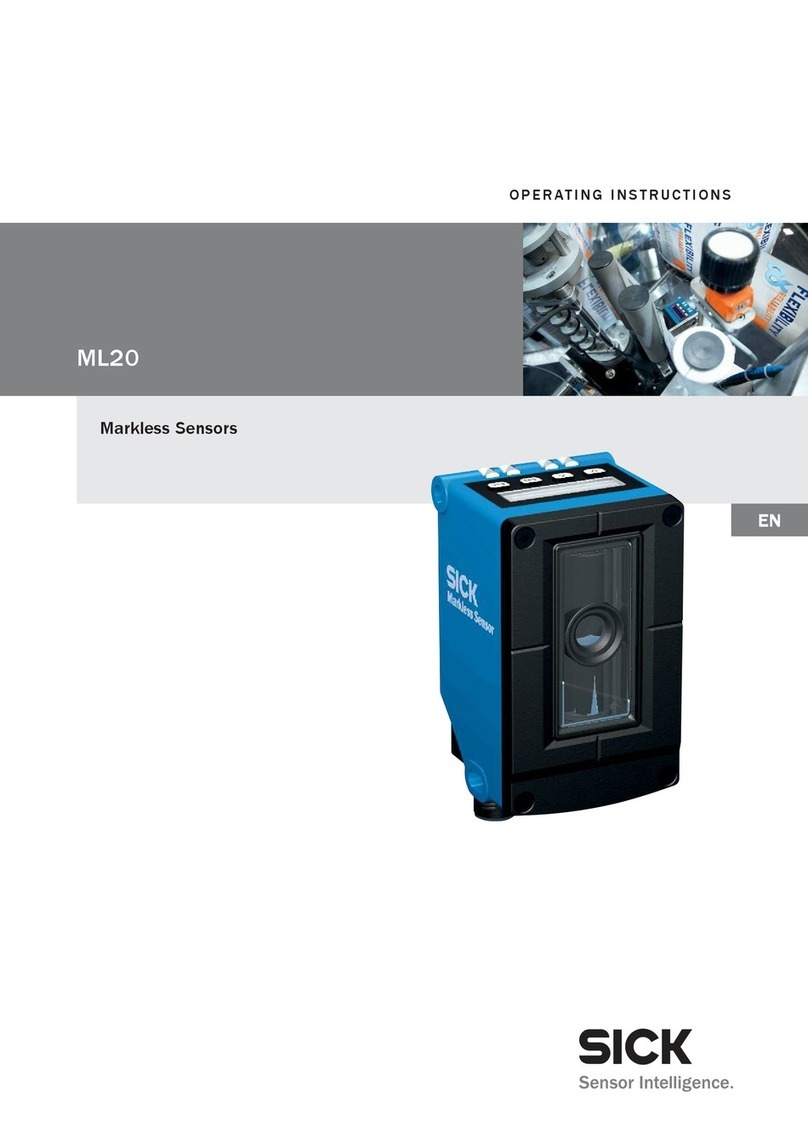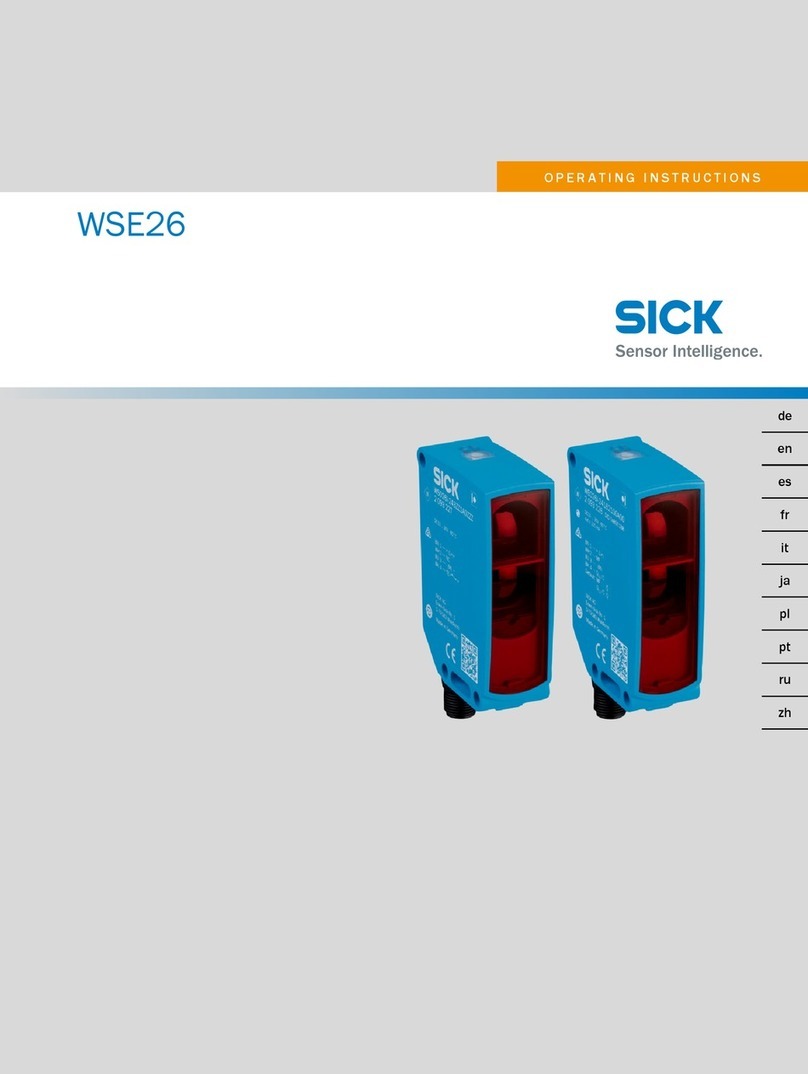
6.1 Safety......................................................................................................... 29
6.2 Wiring instructions.................................................................................... 29
6.3 Y-distribution............................................................................................. 31
6.4 Connecting the device electrically........................................................... 32
6.5 Connection diagrams............................................................................... 33
6.5.1 MF1, MF2 supply voltage connection diagram...................... 33
6.5.2 Ethernet connection diagram................................................. 33
7 Operation............................................................................................ 35
7.1 Parameter description.............................................................................. 35
7.1.1 Main menu............................................................................... 35
7.1.2 SwVers menu........................................................................... 36
7.1.3 HwVers menu........................................................................... 36
7.1.4 Menu menu.............................................................................. 36
7.1.5 RS422 menu............................................................................ 36
7.1.6 More? menu............................................................................. 38
7.1.7 MFx On menu........................................................................... 38
7.1.8 MF1 menu................................................................................ 38
7.1.9 MF1 – Dist submenu............................................................... 39
7.1.10 MF1 – Speed submenu........................................................... 40
7.1.11 MF1 – Srvice submenu........................................................... 41
7.1.12 MF1 – LsrOff submenu........................................................... 42
7.1.13 MF1 – Preset submenu........................................................... 43
7.1.14 MF2 menu................................................................................ 44
7.1.15 Offset menu............................................................................. 44
7.1.16 SpecFu menu........................................................................... 45
7.1.17 Performing a reset................................................................... 46
8 Ethernet interface.............................................................................. 48
8.1 Features.................................................................................................... 48
8.2 IP network configuration.......................................................................... 48
9 SOPAS ET configuration software................................................... 49
9.1 Purpose..................................................................................................... 49
9.2 Connection of device to computer and establishment of connection.. 49
9.3 Logging into the device............................................................................. 49
9.4 Firmware update....................................................................................... 49
10 RS-422 interface............................................................................... 53
10.1 Basics........................................................................................................ 53
10.2 Protocol types........................................................................................... 53
10.3 Commands................................................................................................ 54
10.3.1 Requesting measurement data and operating data............. 54
10.3.2 Continuous output of measured values (start on com‐
mand)....................................................................................... 56
10.3.3 Continuous output of measured values (automated start
after switching on)................................................................... 57
CONTENTS
4O P E R A T I N G I N S T R U C T I O N S | DL100 Pro RS-422 8014753/1GI6/2022-07-29 | SICK
Subject to change without notice
